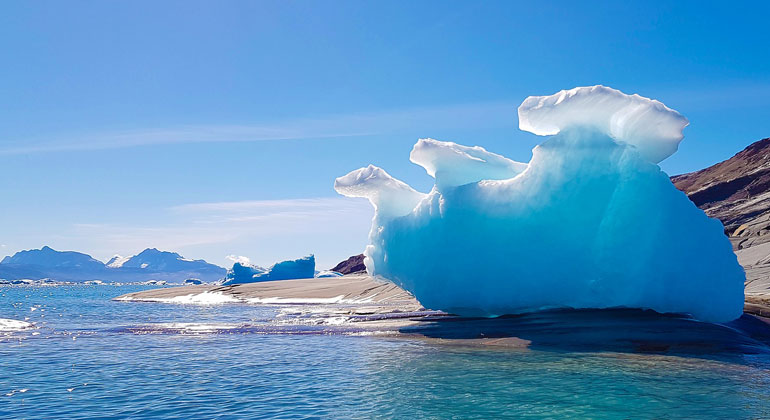Limiting global warming to 2℃ is not enough
Why the world must keep temperature rise below 1℃.
The Paris Climate agreement represented a historic step towards a safer future for humanity on Earth when it was adopted in 2015. The agreement strove to keep global heating below 2℃ above pre-industrial levels with the aim of limiting the increase to 1.5℃ if possible. It was signed by 196 parties around the world, representing the overwhelming majority of humanity.
But in the intervening eight years, the Arctic region has experienced record-breaking temperatures, heatwaves have gripped many parts of Asia and Australia has faced unprecedented floods and wildfires. These events remind us of the dangers associated with climate breakdown. Our newly published research argues instead that humanity is only safe at 1℃ of global warming or below.
While one extreme event cannot be solely attributed to global heating, scientific studies have shown that such events are much more likely in a warmer world. Since the Paris agreement, our understanding of the impacts of global heating have also improved.
Rising sea levels are an inevitable consequence of global warming. This is due to the combination of increased land ice melting and warmer oceans, which cause the volume of ocean water to increase. Recent research shows that in order to eliminate the human-induced component of sea-level rise, we need to return to temperatures last seen in the pre-industrial era (usually taken to be around 1850).
Perhaps more worrying are tipping points in the climate system that are effectively irreversible on human timescales if passed. Two of these tipping points relate to the melting of the Greenland and West Antarctic ice sheets. Together, these sheets contain enough ice to raise the global sea level by more than ten metres.
The temperature threshold for these ice sheets is uncertain, but we know that it lies close to 1.5℃ of global heating above pre-industrial era levels. There’s even evidence that suggests the threshold may already have been passed in one part of west Antarctica.
Critical boundaries
A temperature change of 1.5℃ might sound quite small. But it’s worth noting that the rise of modern civilisation and the agricultural revolution some 12,000 years ago took place during a period of exceptionally stable temperatures.
Our food production, global infrastructure and ecosystem services (the goods and services provided by ecosystems to humans) are all intimately tied to that stable climate. For example, historical evidence shows that a period called the little ice age (1400-1850), when glaciers grew extensively in the northern hemisphere and frost fairs were held annually on the River Thames, was caused by a much smaller temperature change of only about 0.3℃.
A recent review of the current research in this area introduces a concept called “Earth system boundaries”, which defines various thresholds beyond which life on our planet would suffer substantial harm. To avoid passing multiple critical boundaries, the authors stress the need to limit temperature rise to 1℃ or less.
In our new research, we also argue that warming of more than 1℃ risks unsafe and harmful outcomes. This potentially includes sea level rise of multiple metres, more intense hurricanes and more frequent weather extremes.








